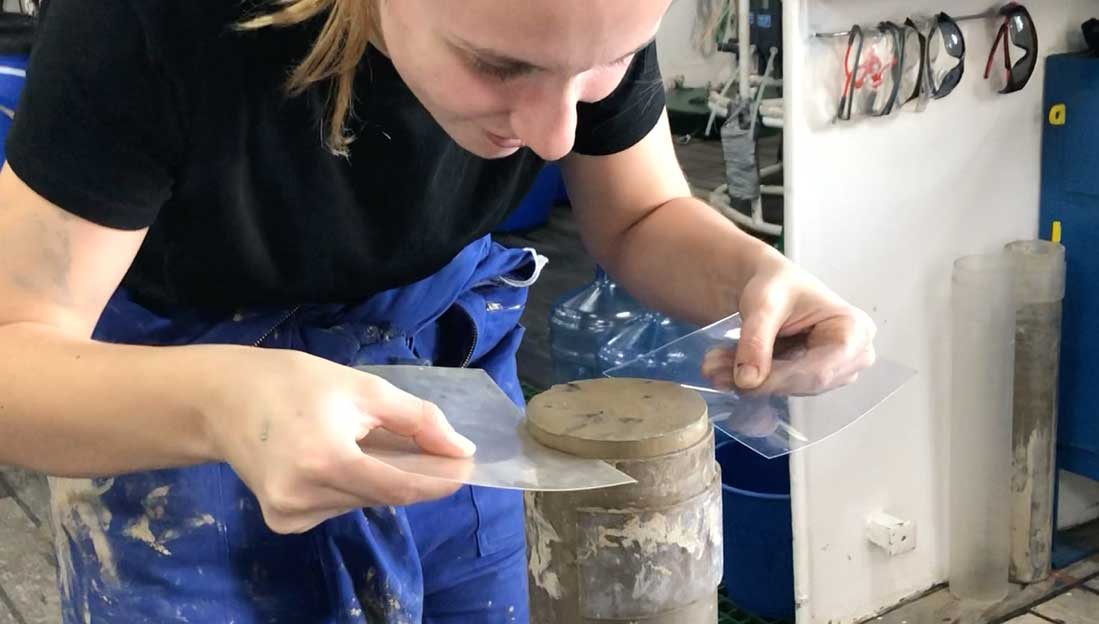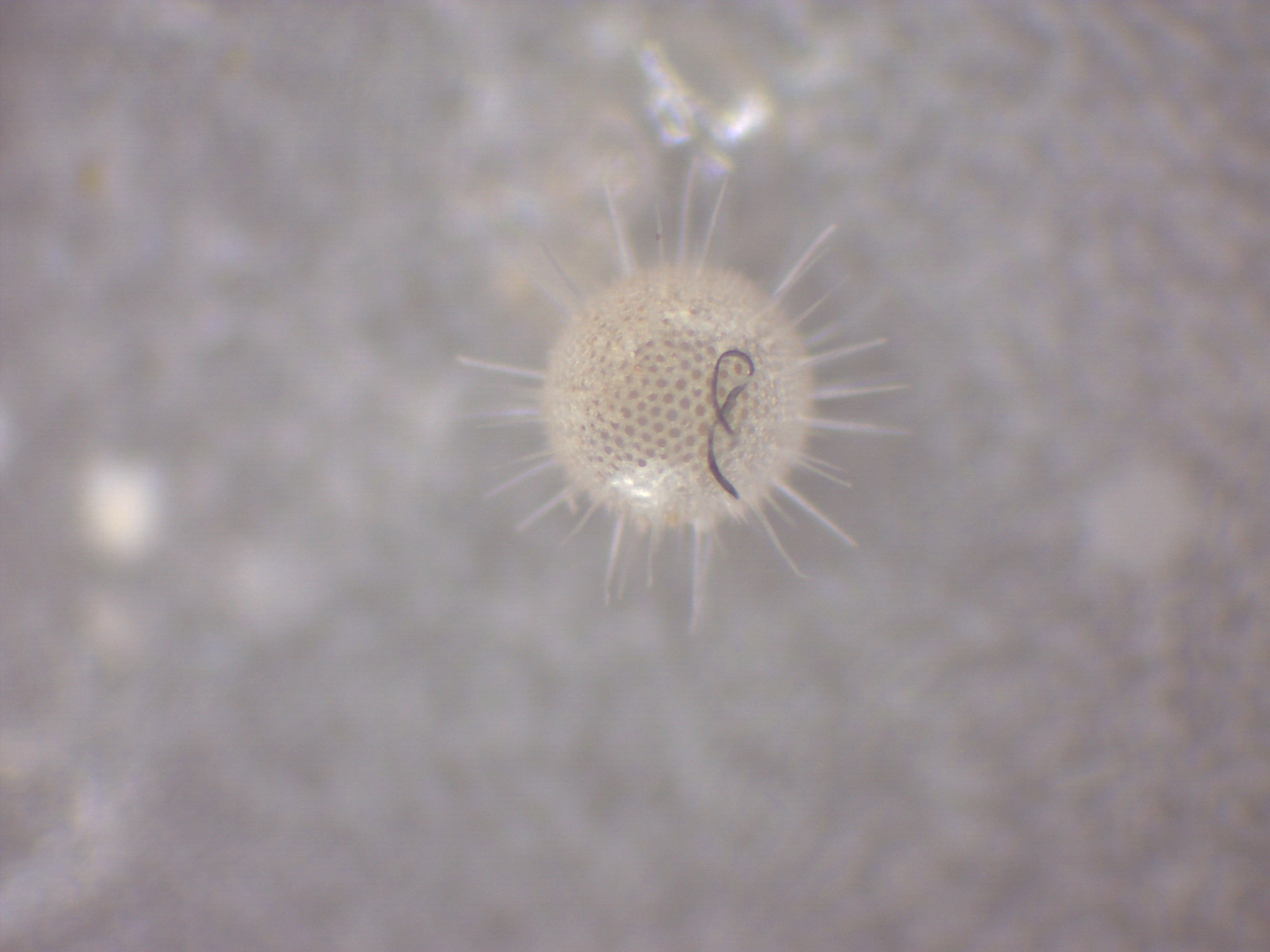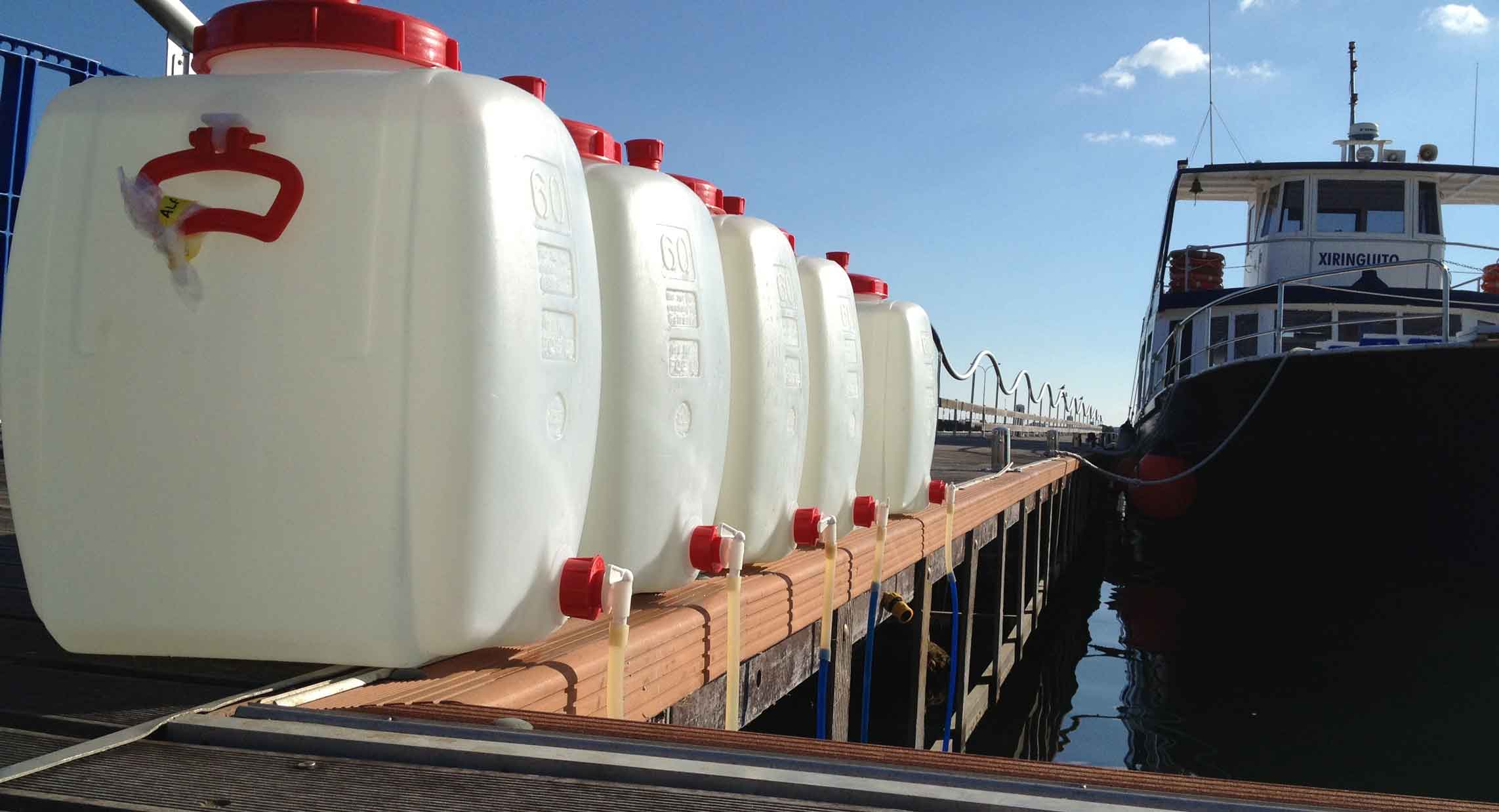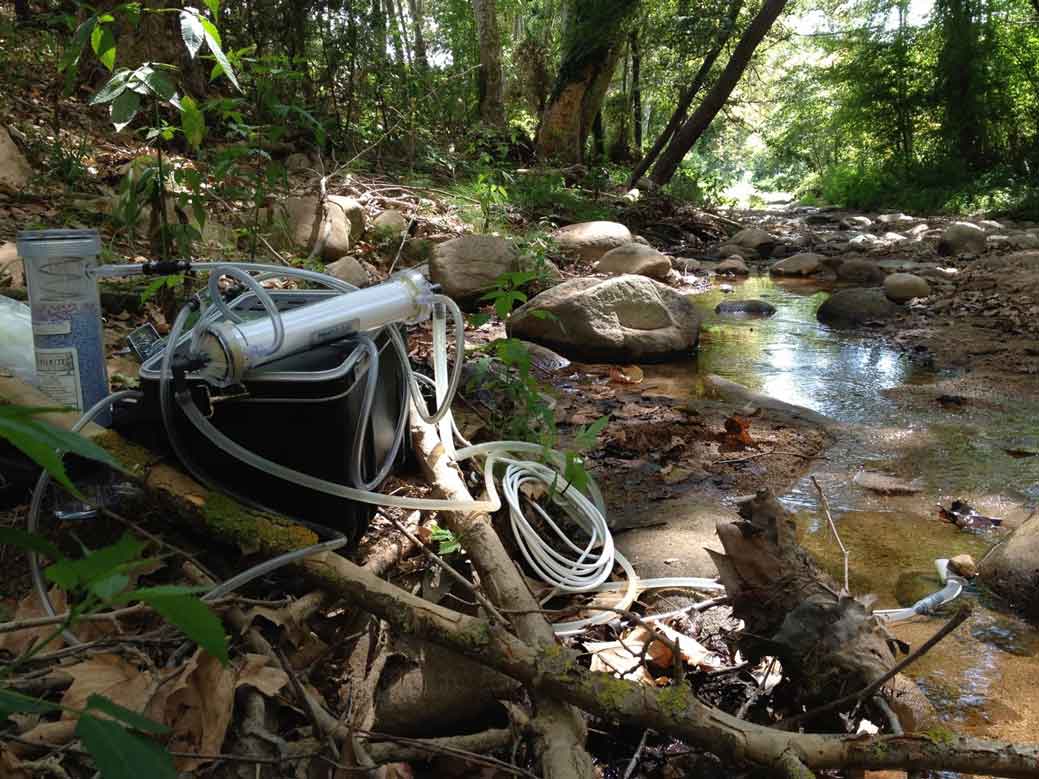Accurate Environmental Dating and Age Model Determination.
This technique has been widely used in the last decades to determine the accumulation, sedimentation or accretion rates and age model over the last 150 years in environmental records such as peat bogs or sediment of lake and marines environments, ice or phanerogam meadows amongst other. The GRAB aims to participate in 210Pb based research by providing information on sampling, pre-treatment, shipping, monitoring of analyses and interpretation of results in each research project framework.

Slicing a sediment core (Photo: J. Garcia Orellana).
Samples are dried, homogenized and digested (about 1 g is requested) in an analytical microwave. 210Po is assumed to be in secular equilibrium with 210Pb, meaning that they have the same activity. 210Po is plated on a silver disk and counted in an alpha spectrometer. To ensure the analytical quality of the process and to assess the reproducibility of the results, replicates and reference materials are included for each group of samples and a spike of known activity is used for the chemical recovery.
In order to constrain the age model and to determine the supported 210Pb from 226Ra, some samples can be analyzed by g-spectrometry. Thus, activities of 137Cs (MDA= 3 – 8 Bq kg-1) and 226Ra (MDA= 6 – 12 Bq kg-1) can be measured by using a calibrated geometry in a high-resolution, high-purity germanium (HPGe) g-spectrometer for 2 – 3 days per sample. Dried and grained samples (5 g) are sealed and stored for three weeks before counting to ensure secular equilibrium between 226Ra daughters.
Once the 210Pb analysis has been completed, the GRAB provides a detailed report of the results obtained, offering an interpretation of the 210Pb profiles within the context of the project carried out. The report also contains an excel sheet with the results of the analyses performed.

Deposition of polonium onto a silver disk (Photo: L.Heins)






